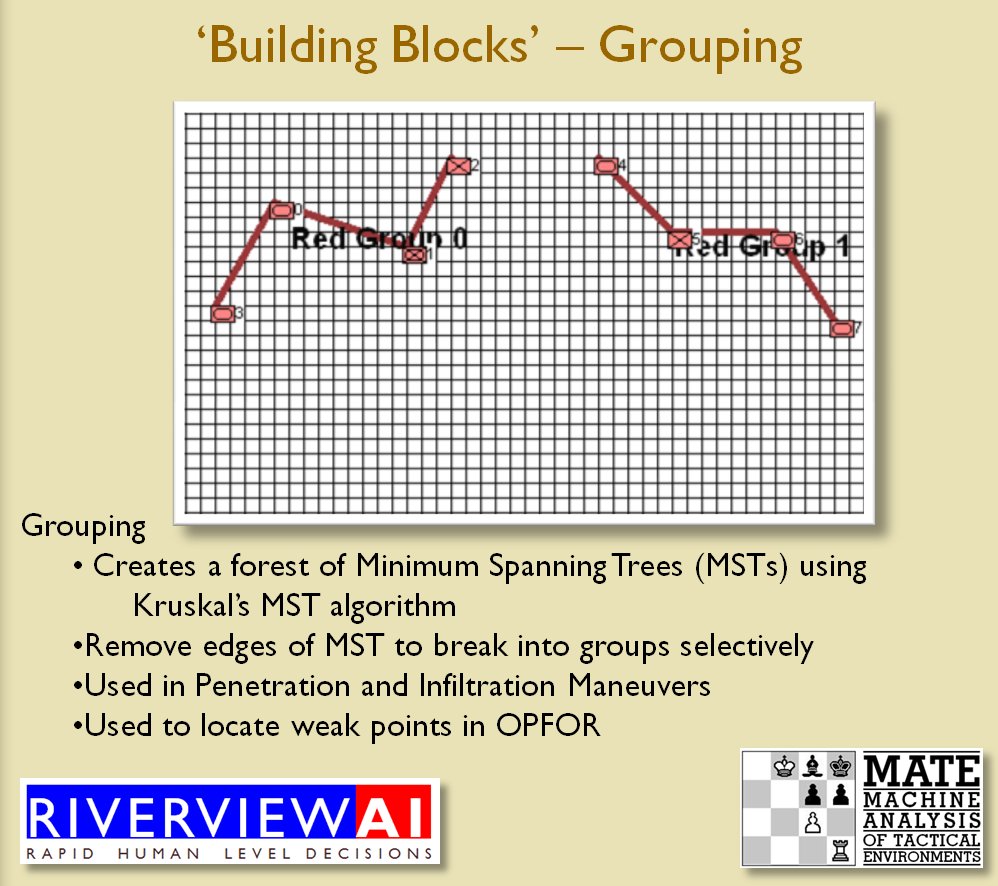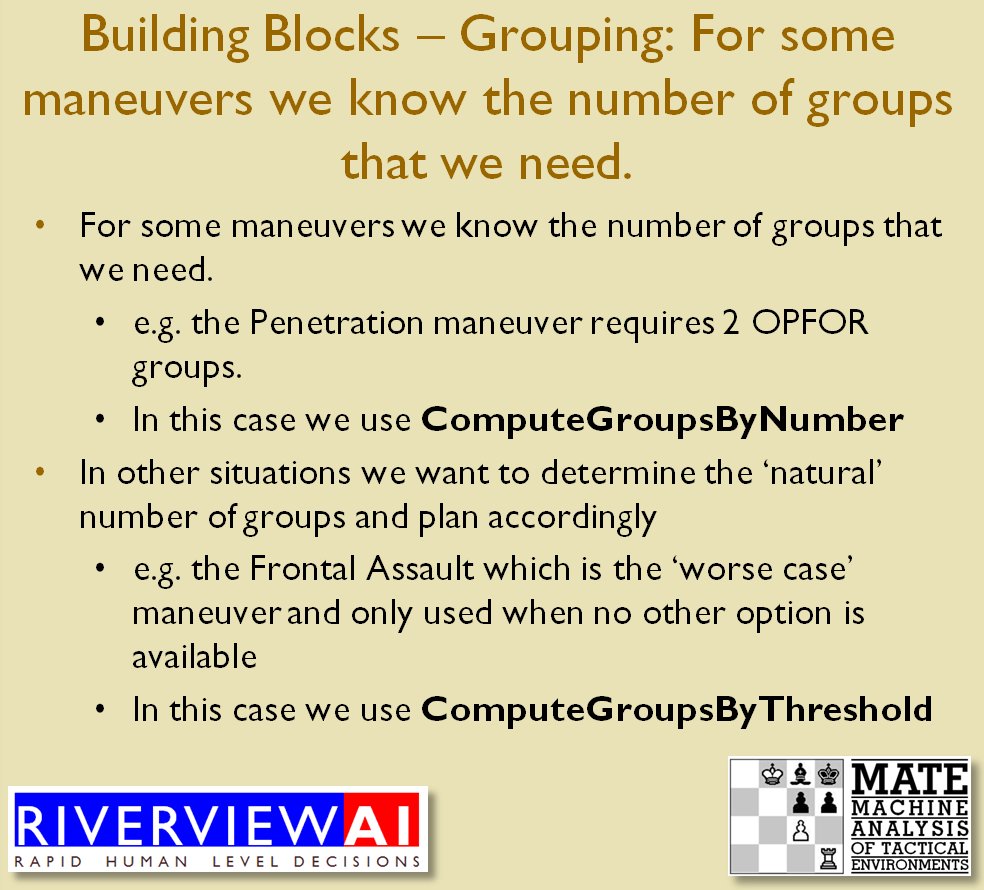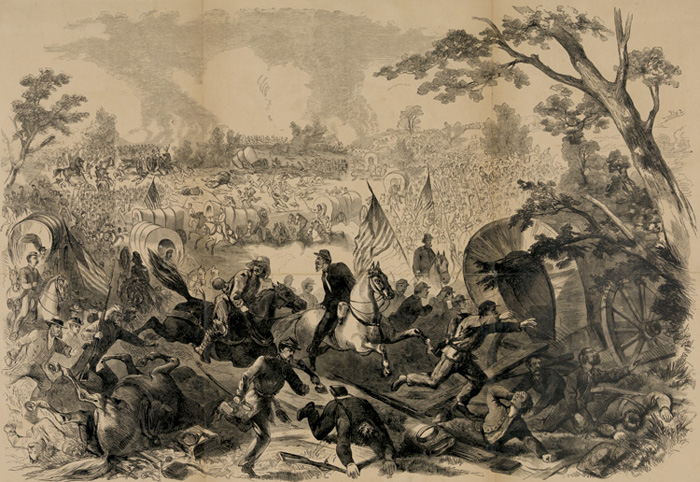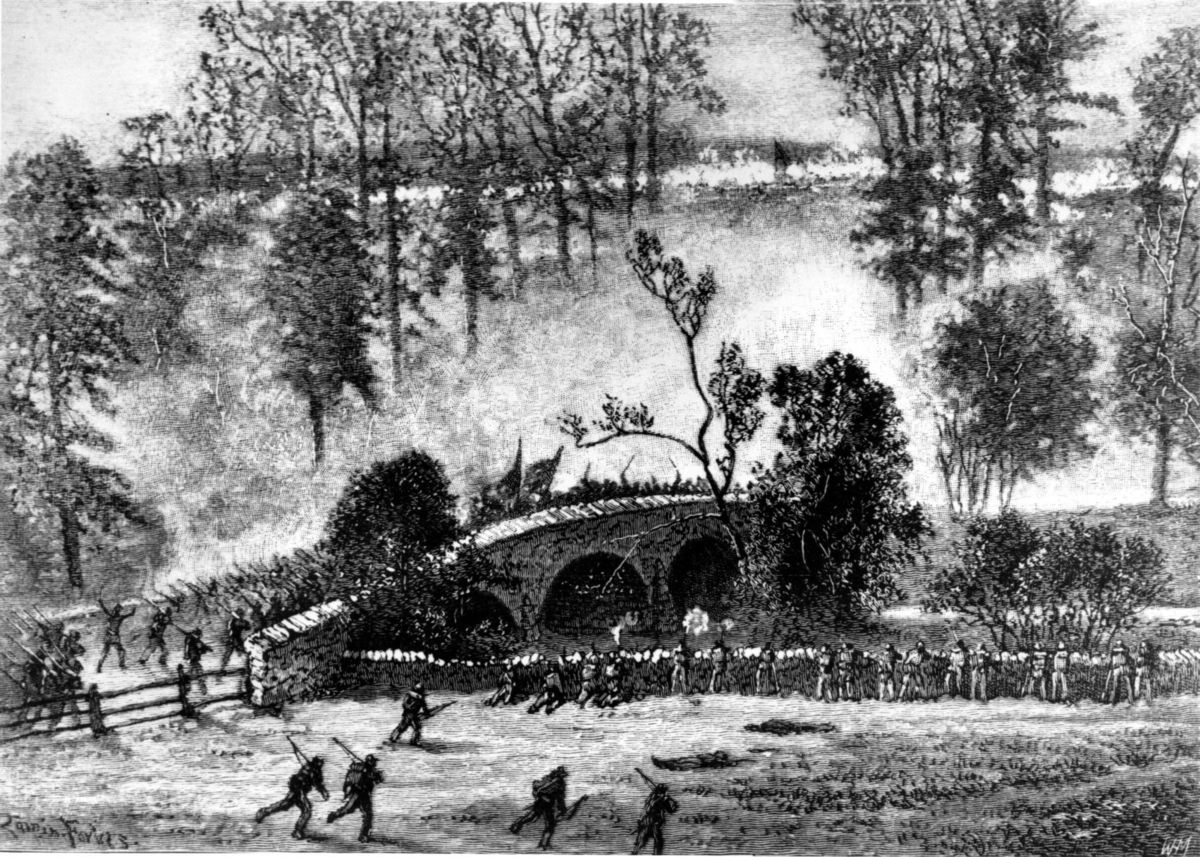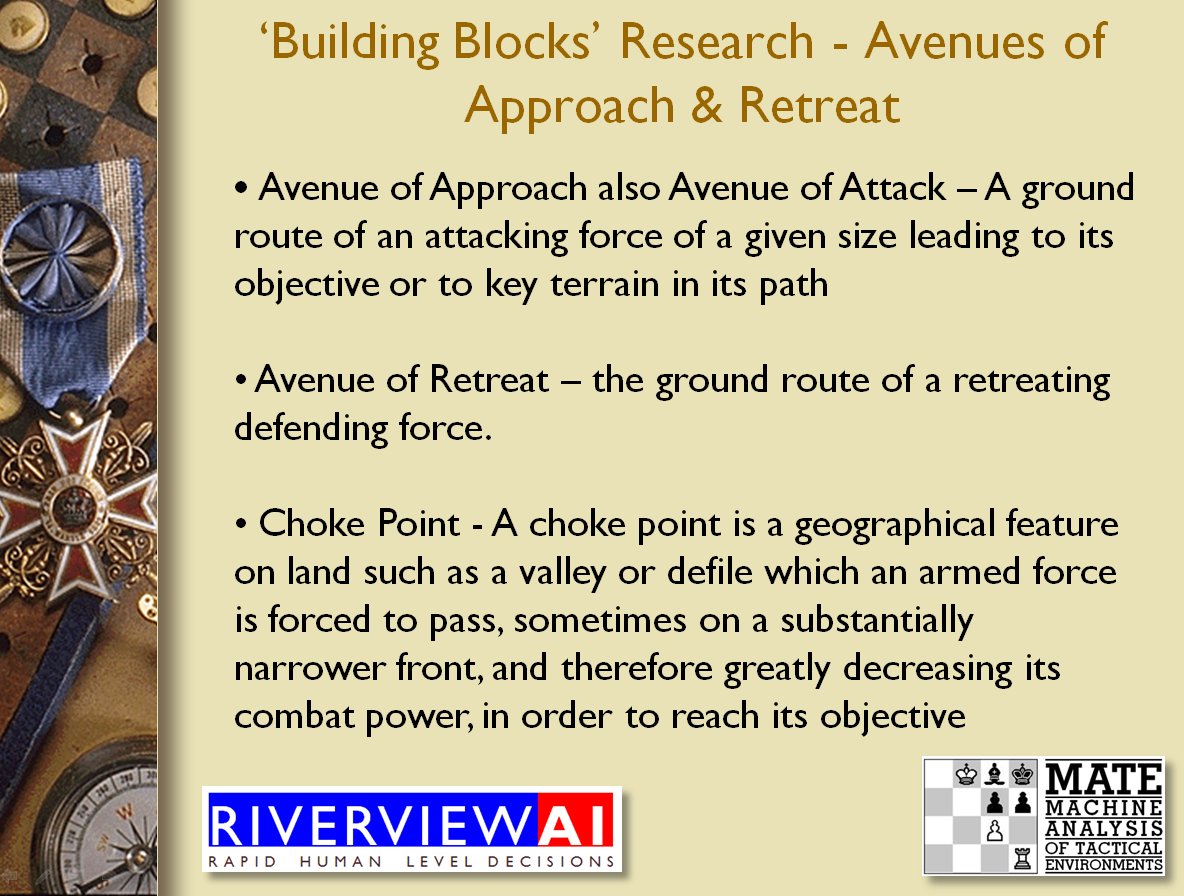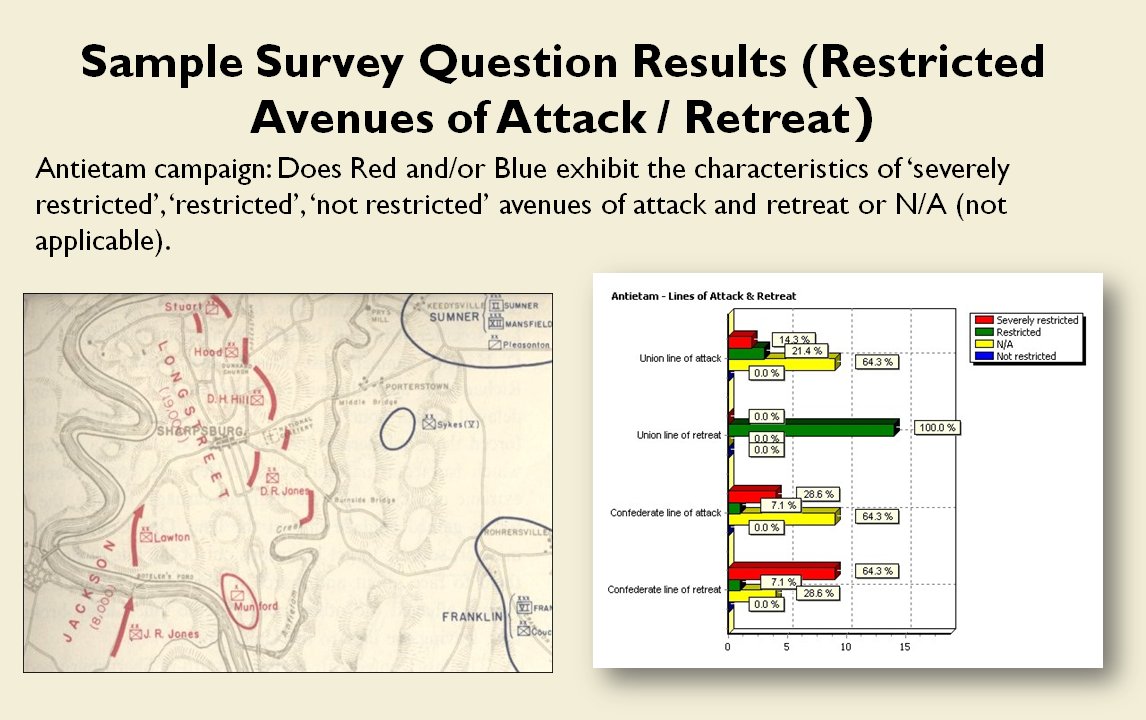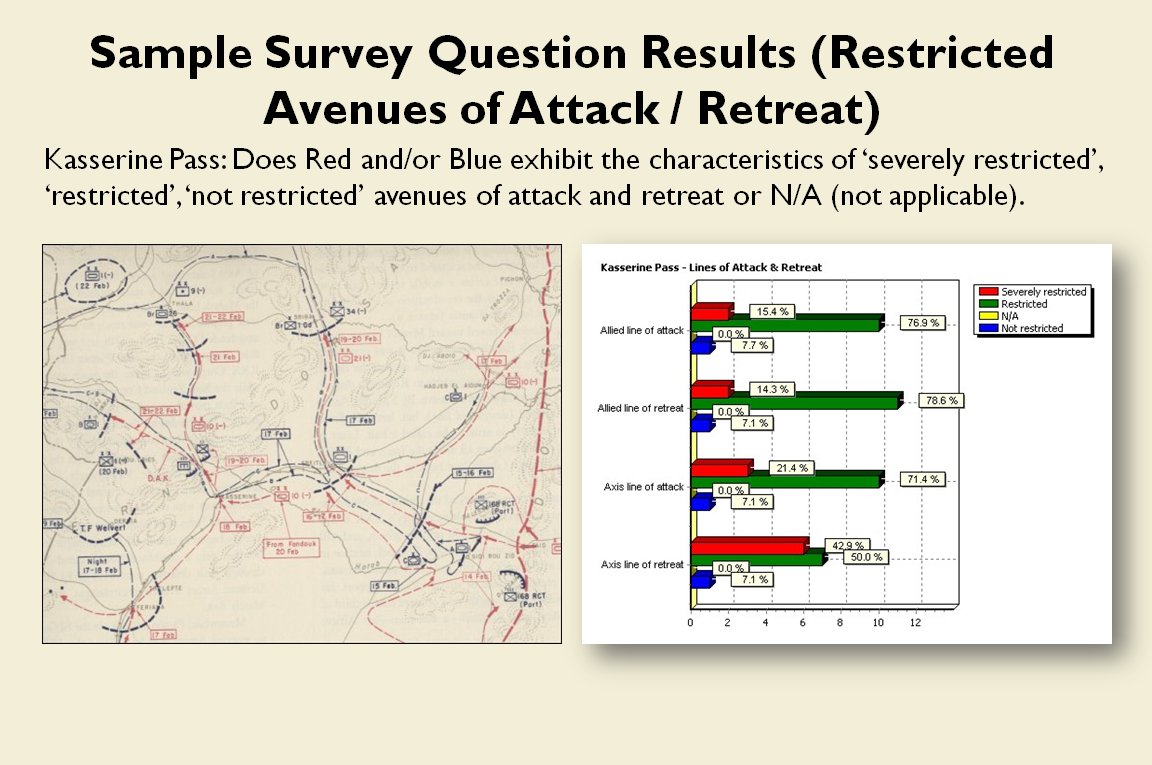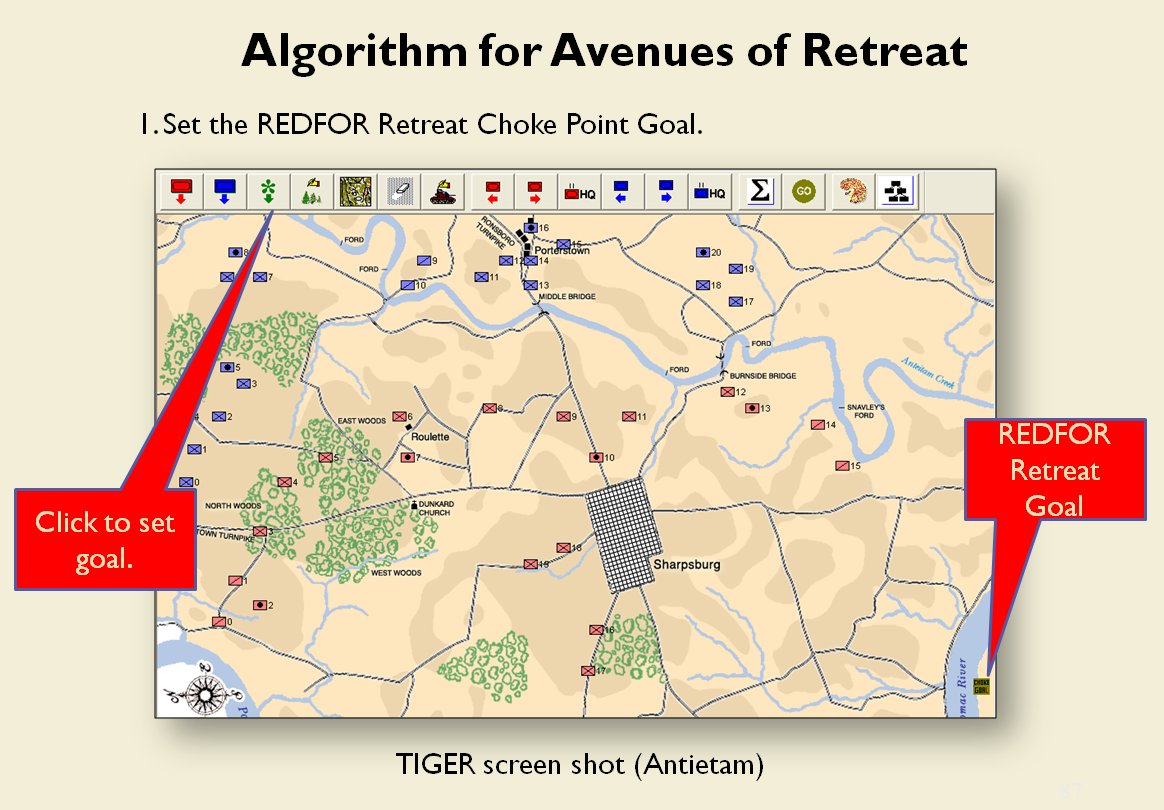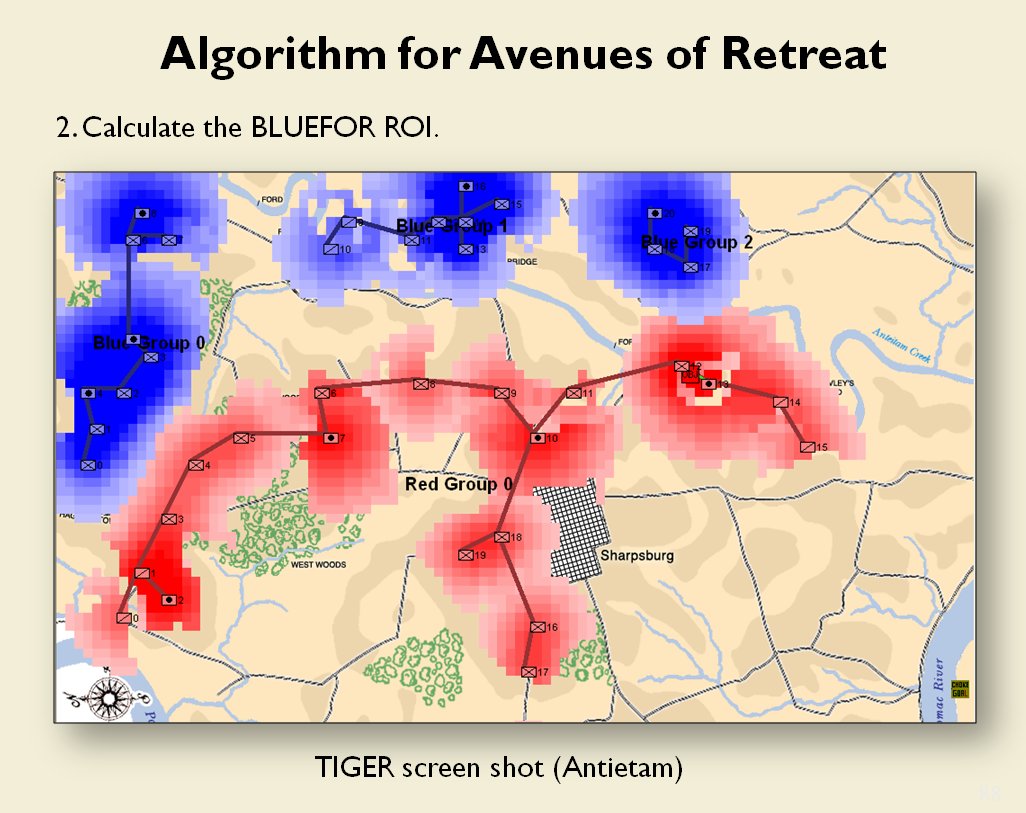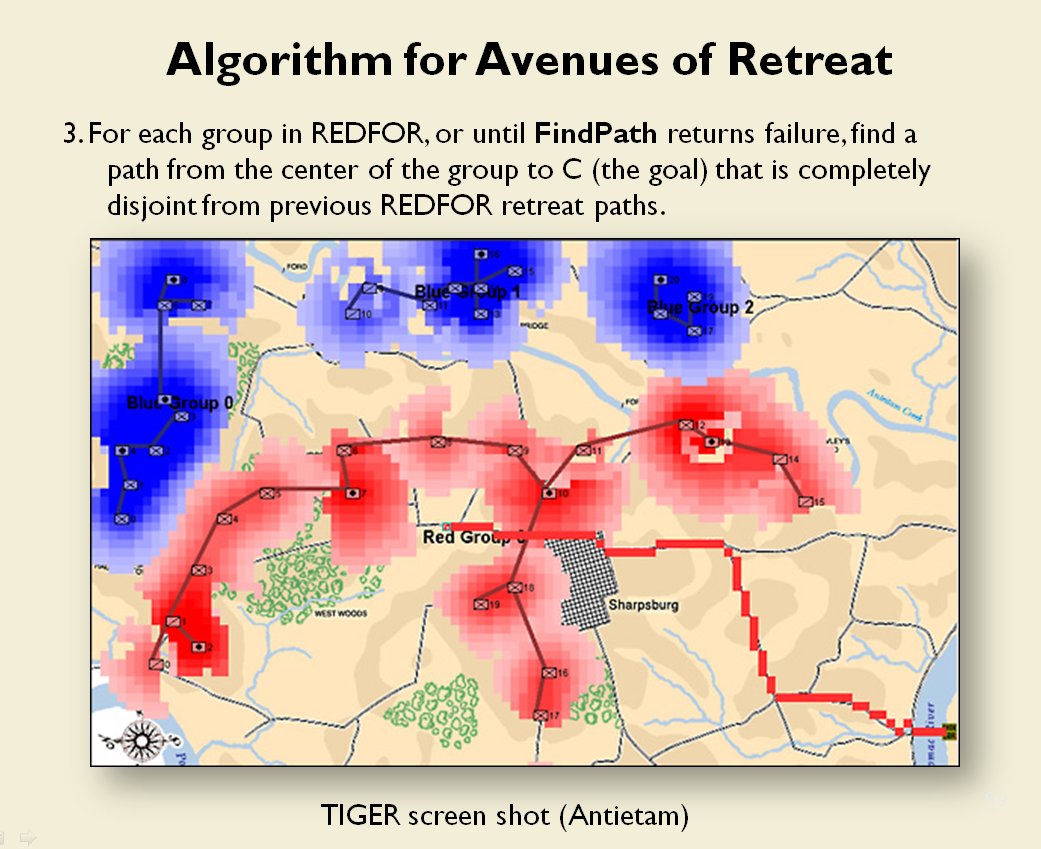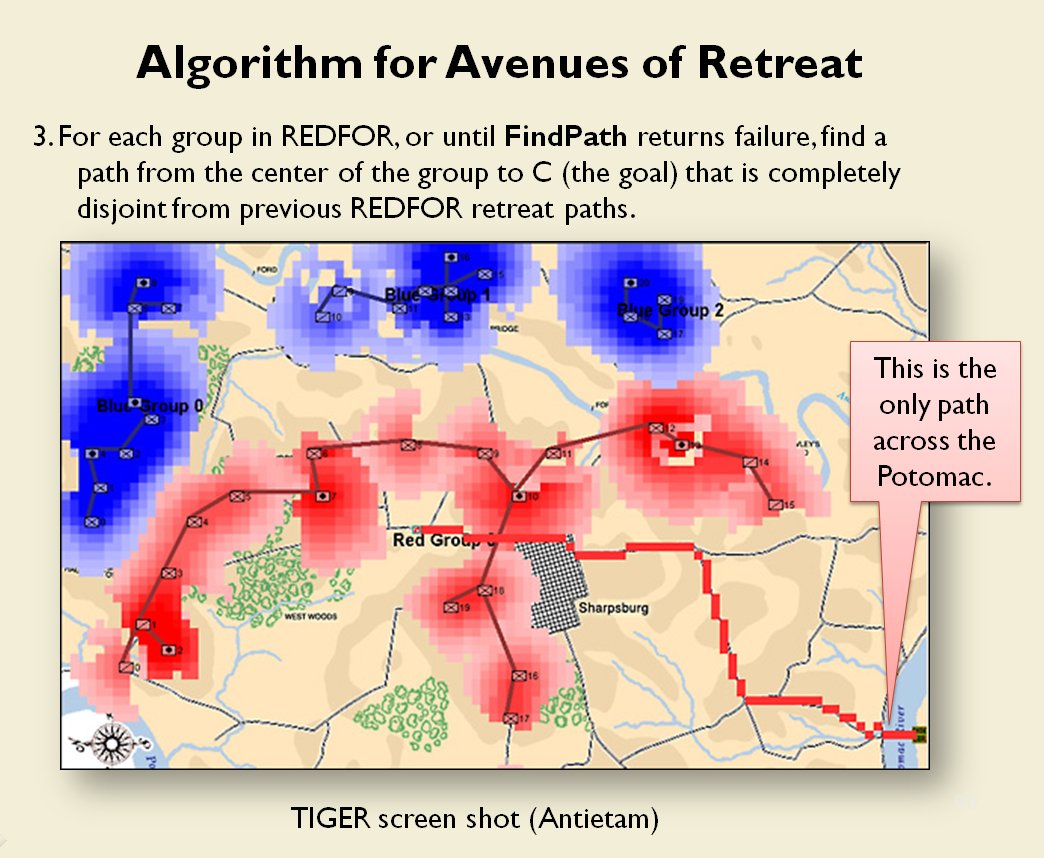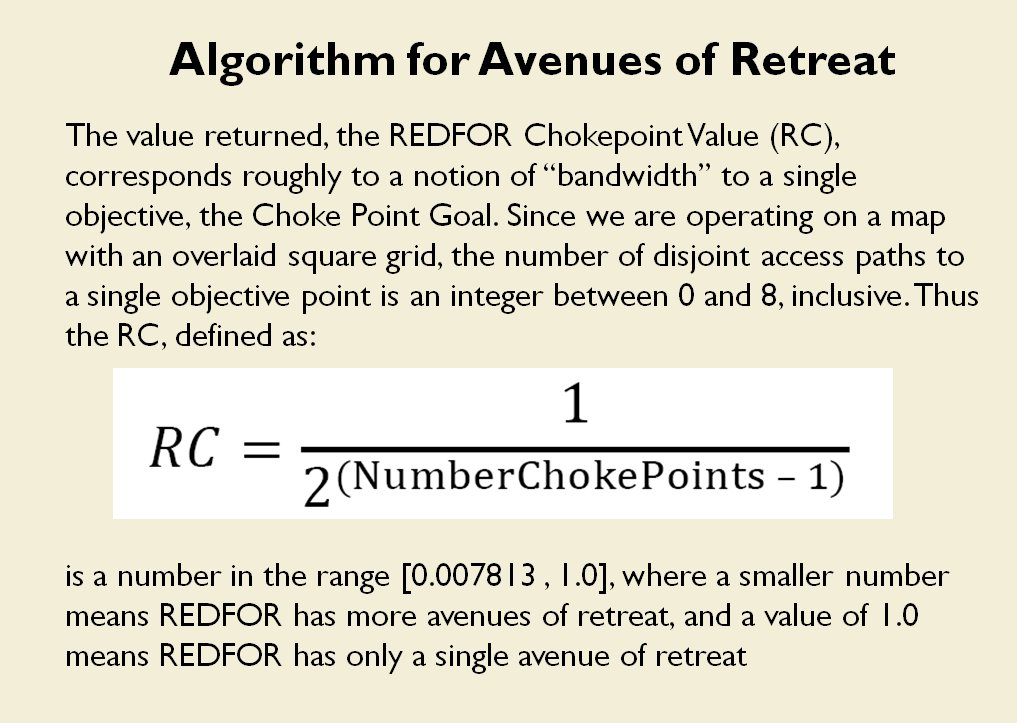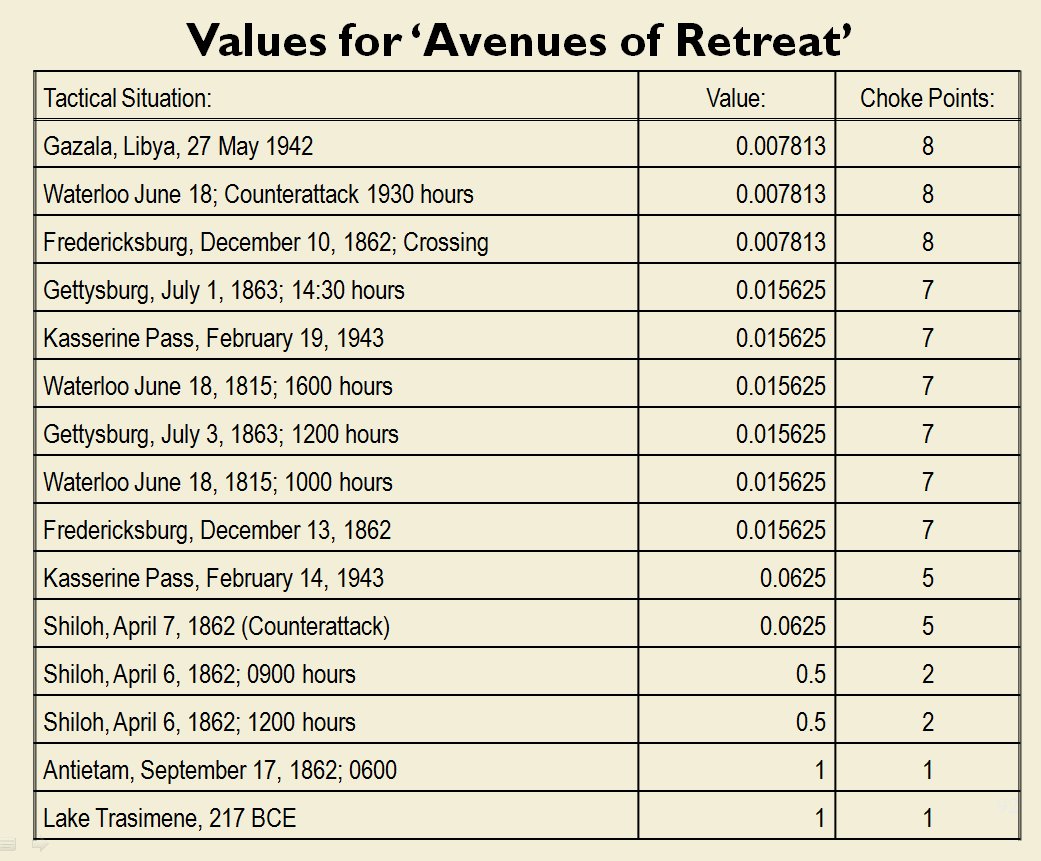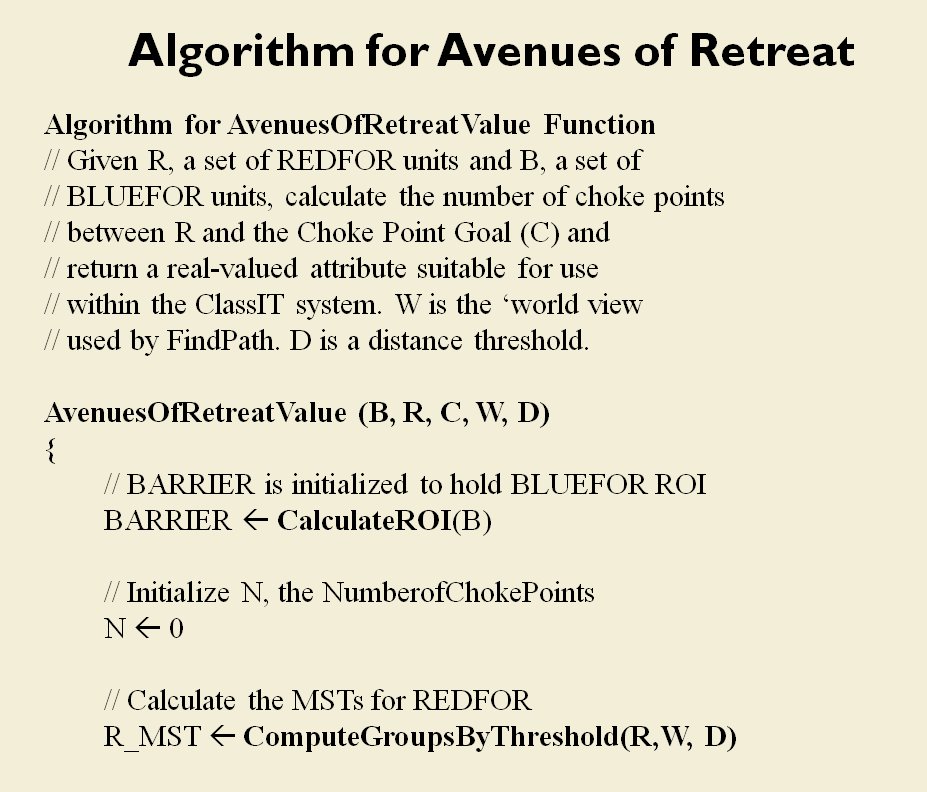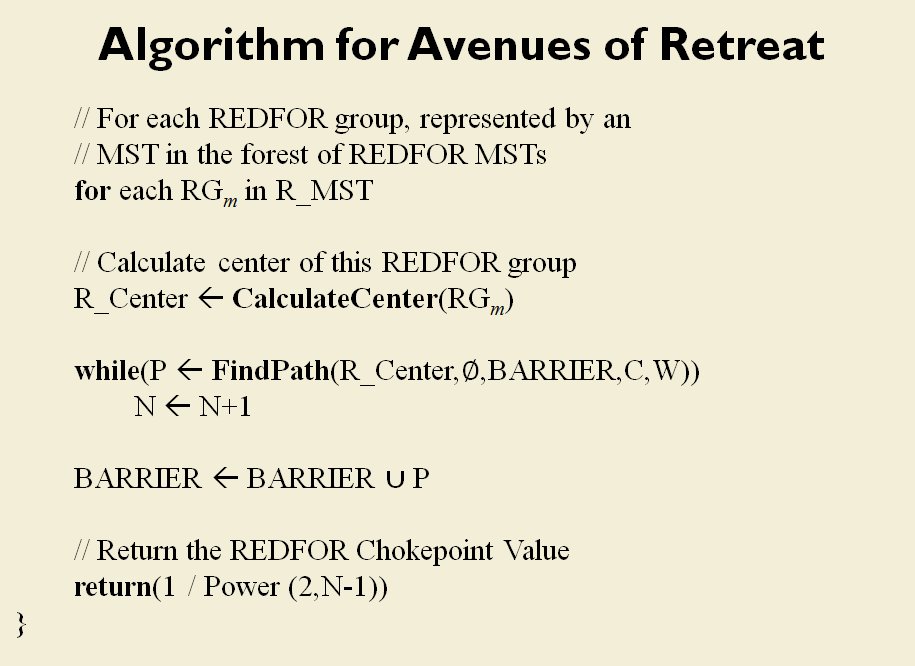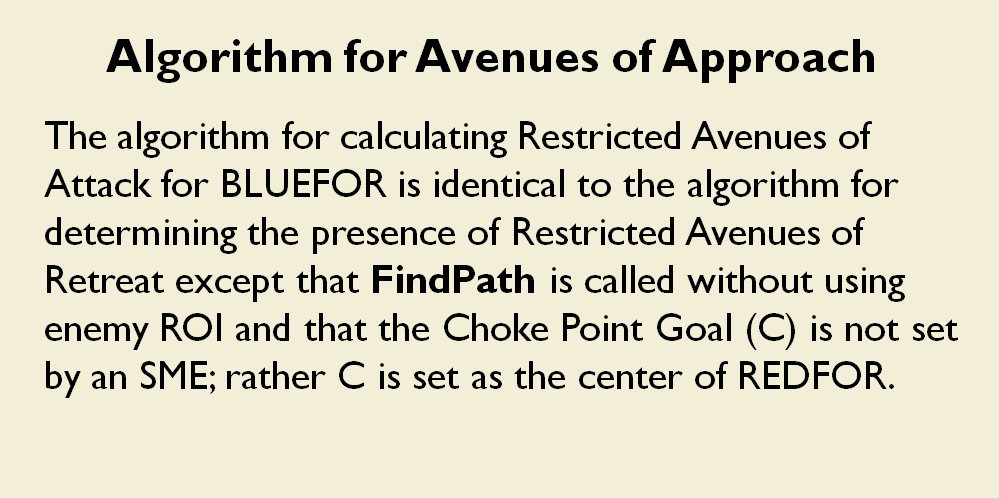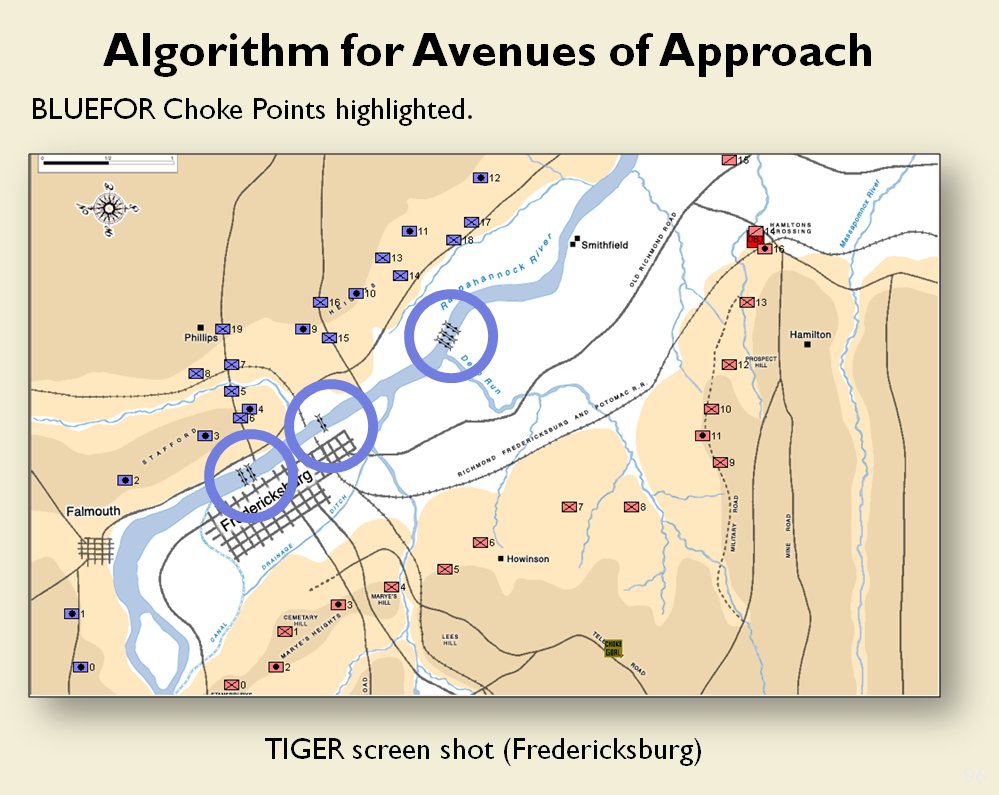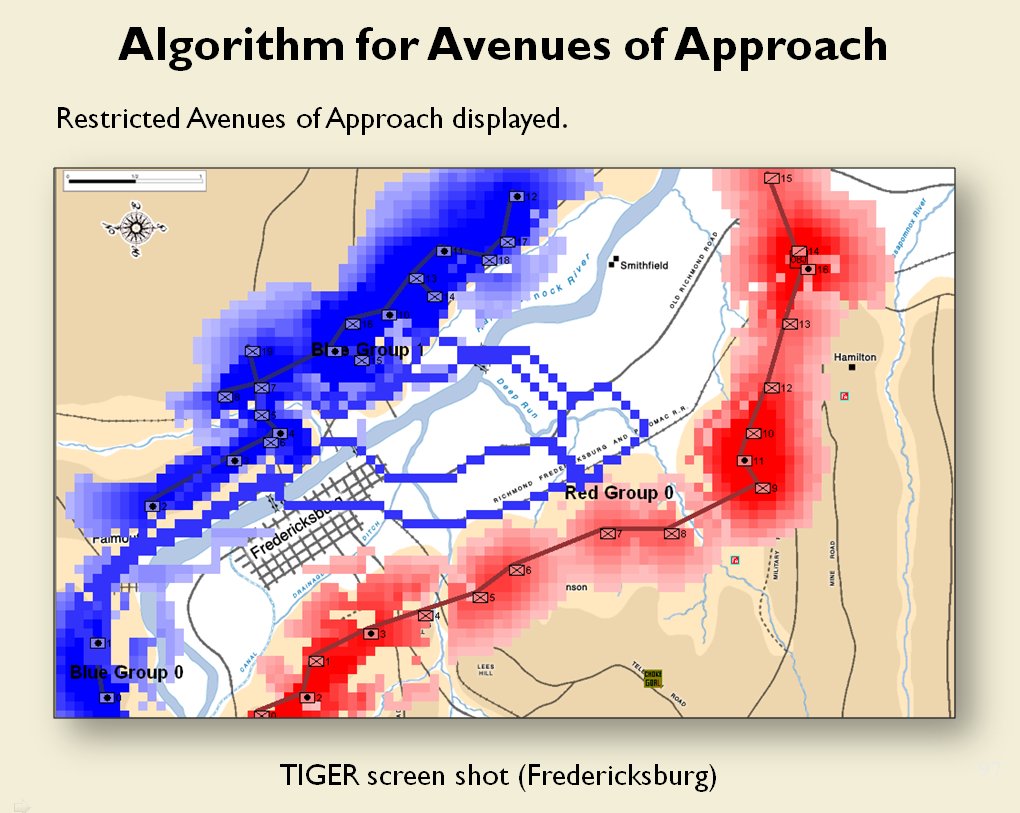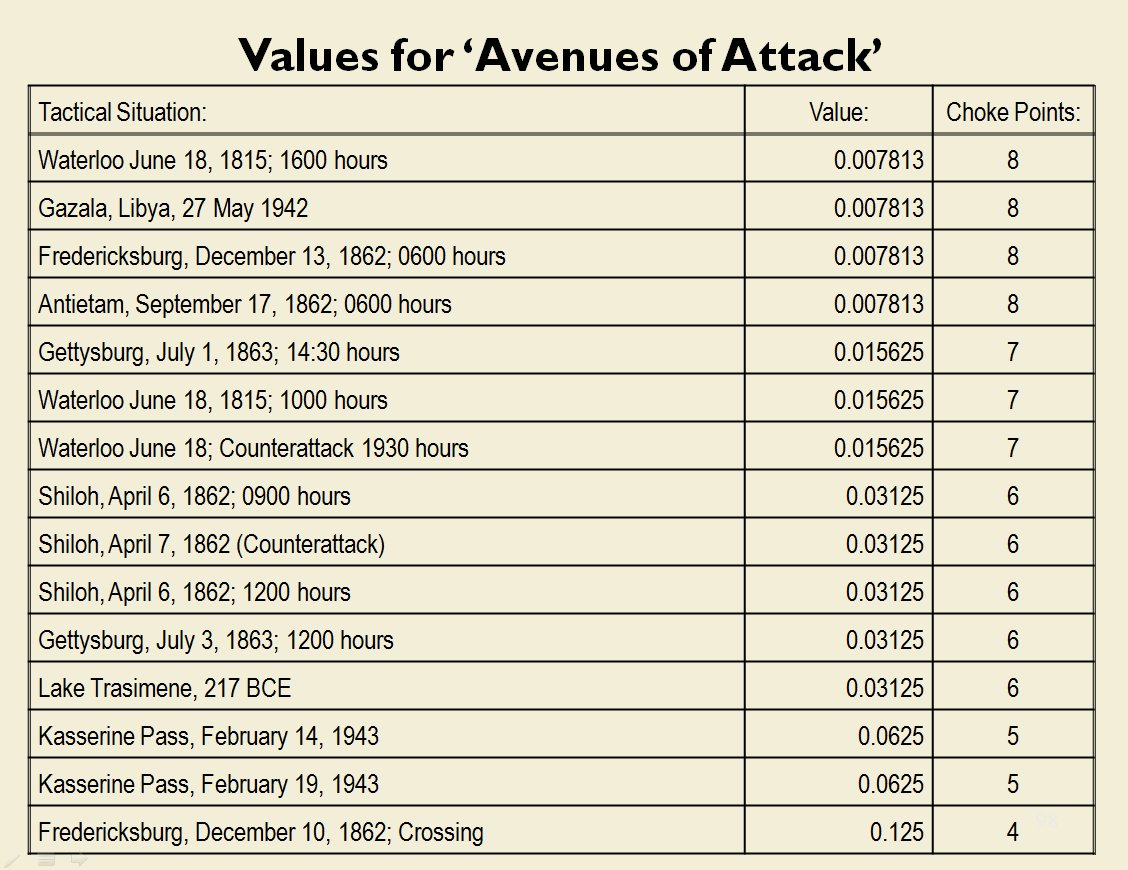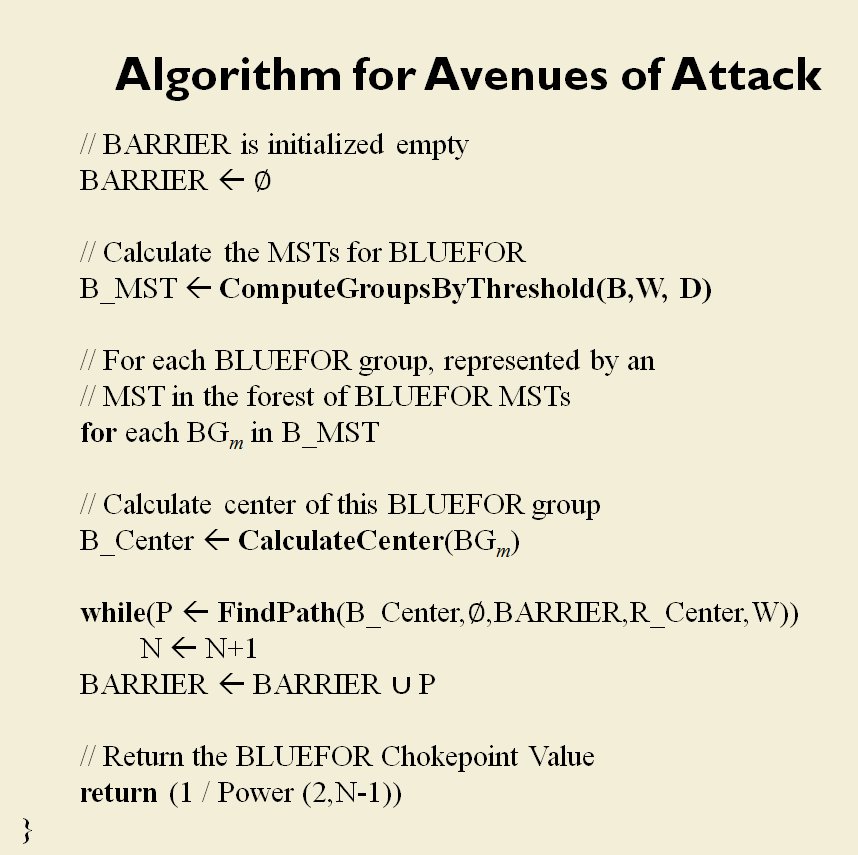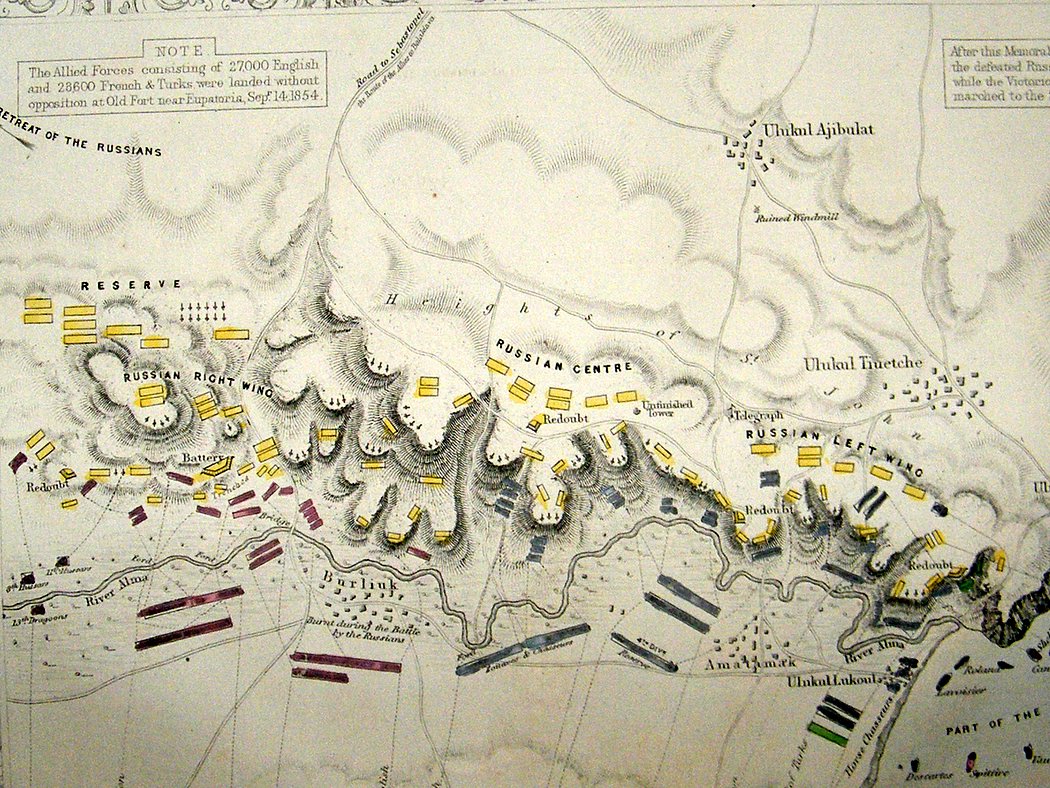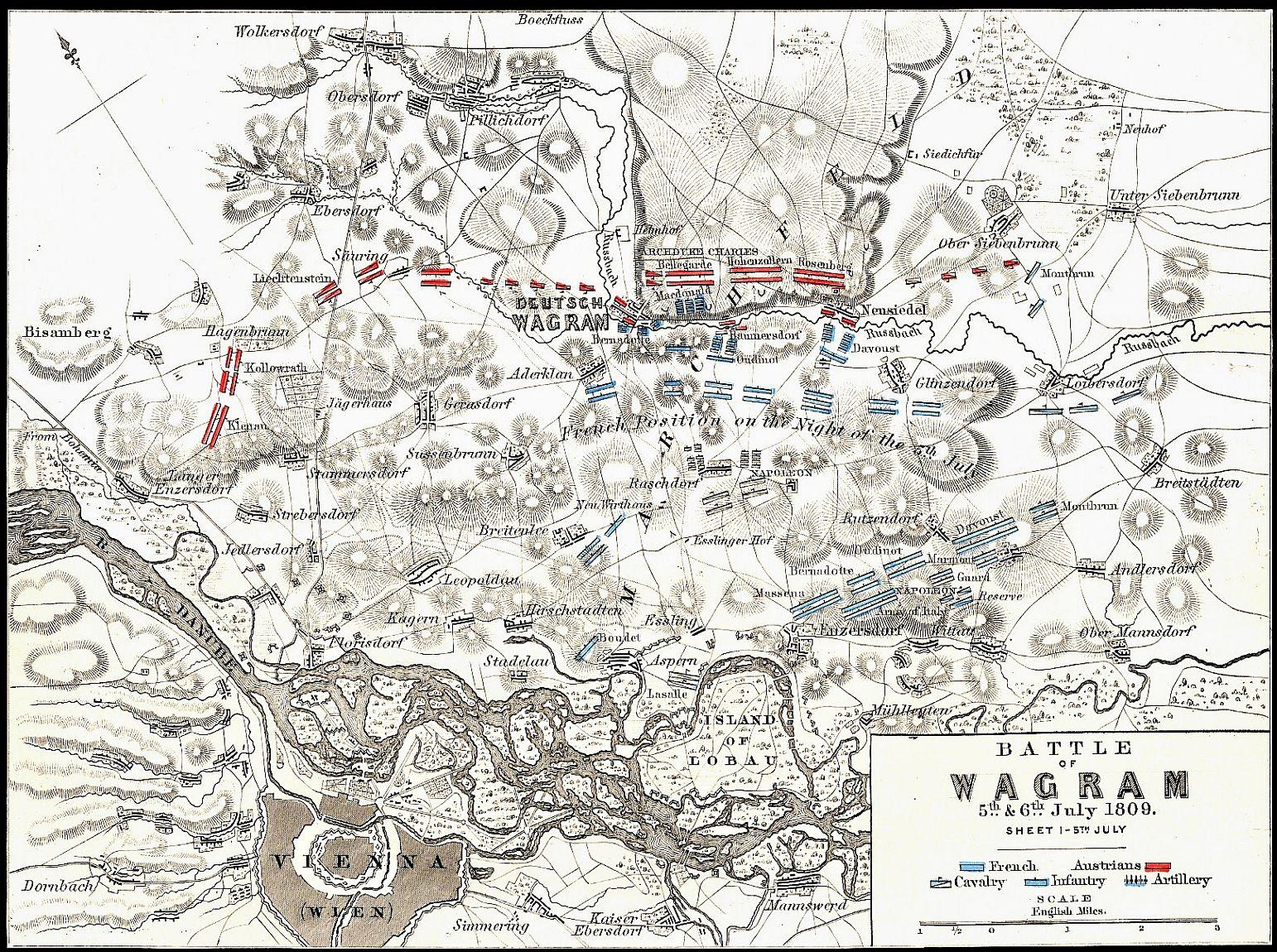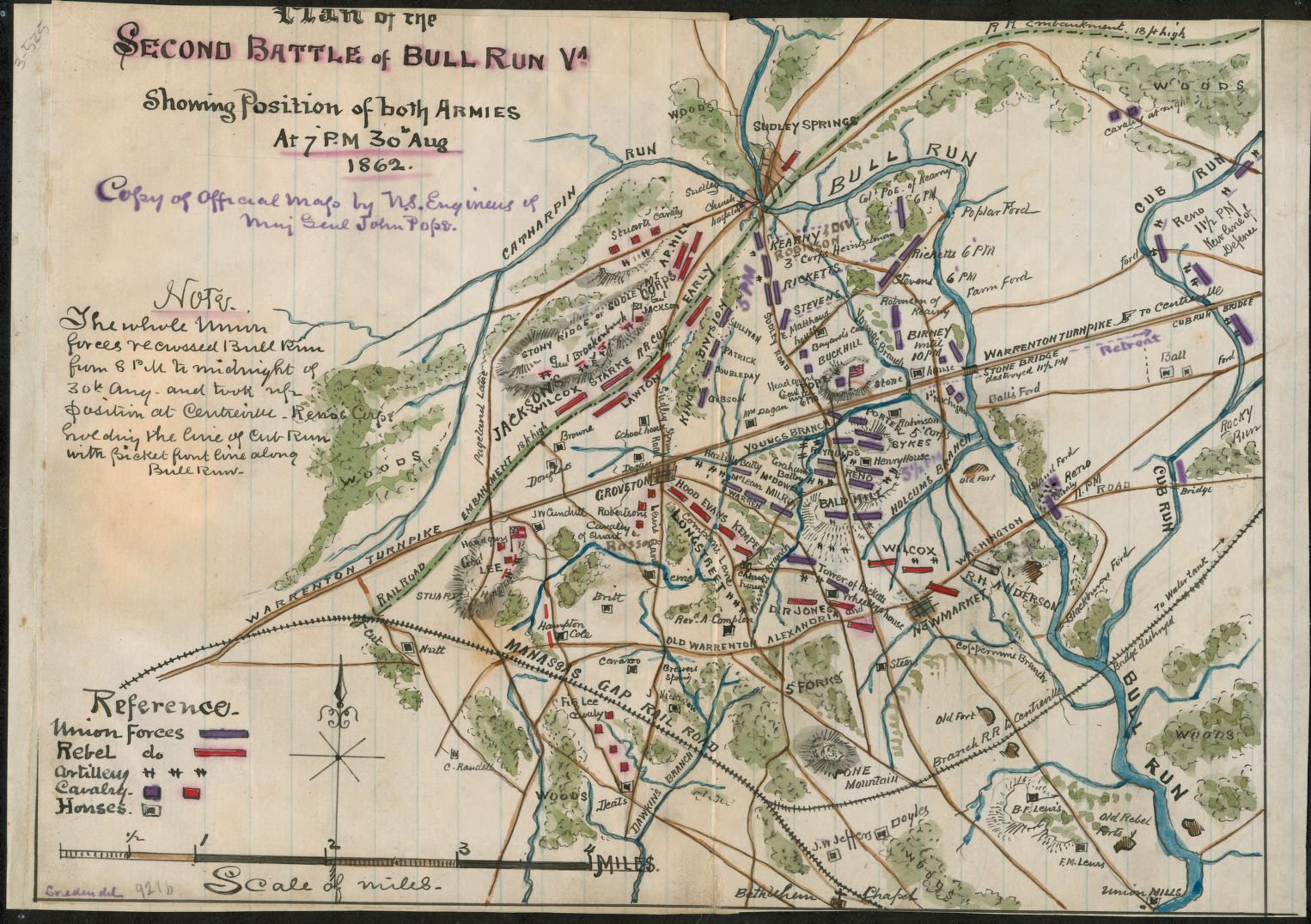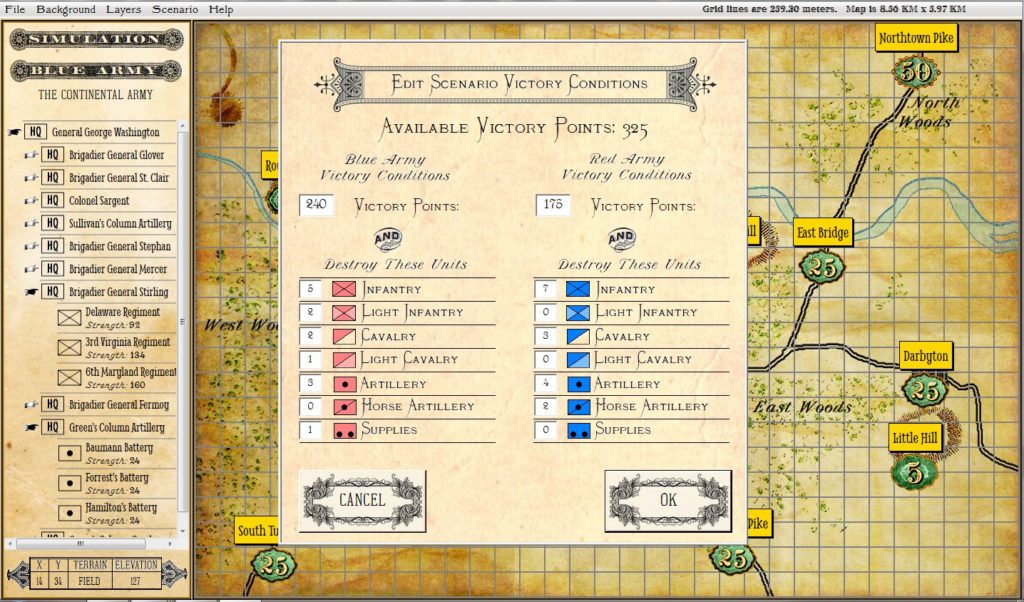The recent article, “A female Viking warrior confirmed by genomics,” which appeared in the American Journal of Physical Anthropology has started a firestorm of controversy in both academia and the international press. The New York Times wrote, “…the controversy has reignited a longstanding debate about the role of women among the Vikings, Norse seafarers whose exploits, from the 8th to the 11th centuries, are central to Scandinavian identity.” Some argue that the DNA testing, itself, was in error or that the bones of the Viking warrior were mixed up with bones from another grave since the original discovery of grave Bj 581 from the Birka settlement on the island of Bjorko by Hjalmar Stolpe and first reported in 1889. Nonetheless, what caught my eye – and probably yours as well – were these words from the original article:
“The grave goods include a sword, an axe, a spear, armour-piercing arrows, a battle knife, two shields, and two horses, one mare and one stallion; thus, the complete equipment of a professional warrior. Furthermore, a full set of gaming pieces indicates knowledge of tactics and strategy (van Hamel, 1934; Whittaker, 2006), stressing the buried individual’s role as a high-ranking officer.” – A female Viking warrior confirmed by genomics, American Journal of Physical Anthropolgy, Hendenstierna-Jonson, et. al.
I had to find out: what was the Viking wargame buried in grave Bj 581?
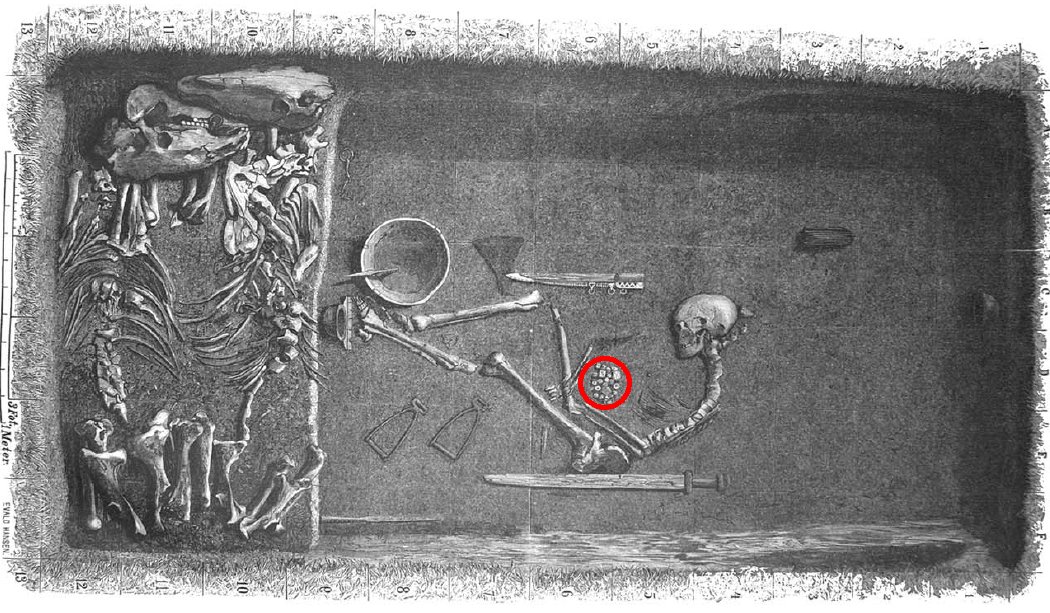
Illustration by Evald Hansen based on the original plan of grave Bj 581 by excavator Hjalmar Stolpe; published in 1889 (Stolpe, 1889). The red circle highlights the gaming pieces. Click to enlarge.
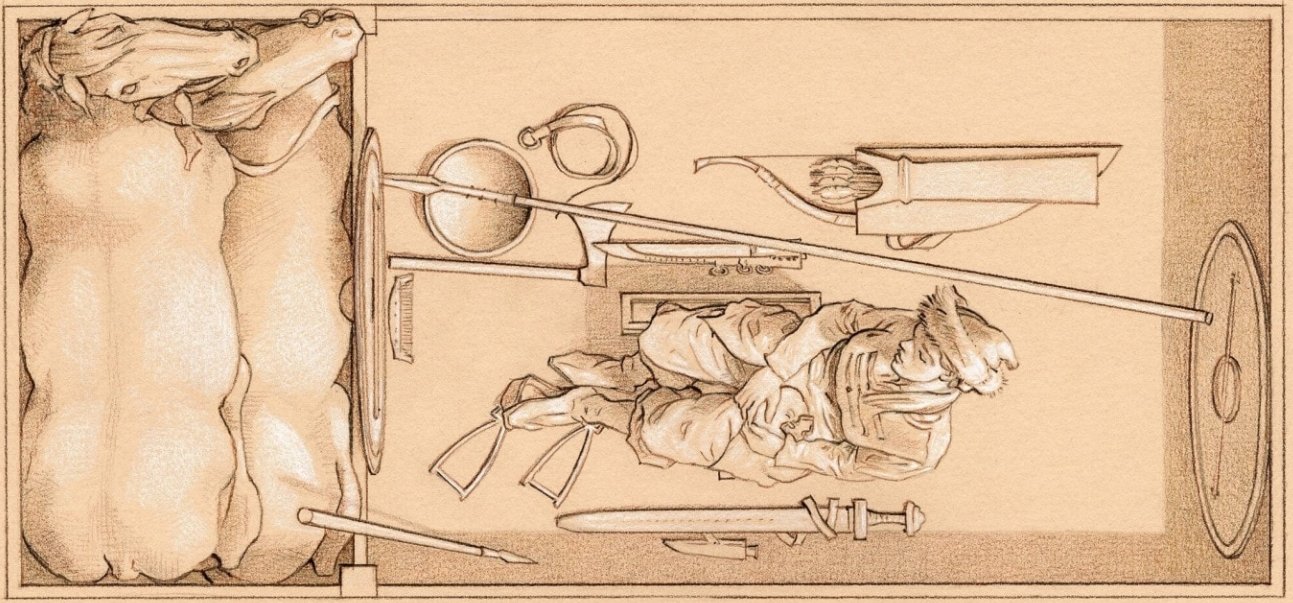
Reconstruction of grave Bj 581 drawn by one of the authors, Neil Price. Click to enlarge.
First, I contacted Dr. Rosemary Moore who teaches Roman Military History and Warfare in the Ancient Mediterranean (as well as Classics) at the University of Iowa. I studied under Dr. Moore in graduate school and she was also on my Doctoral Defense Committee. Dr. Moore is also a former Marine officer and enjoys World of Warcraft and wargames. She did some preliminary research and forwarded Game-Boards and Gaming-Pieces in the Northern European Iron Age by Helène Whittaker to me. In describing a female burial in the same Viking cemetery (Bj 523) Whittaker writes, “Grave 523 was an exceptionally rich burial which contained gaming-pieces of glass…” And, “The female burial in Grave 523 at Birka shows that gaming equipment could at times also be associated with high status female burials. It can accordingly be suggested that the occurrence of gaming pieces and game-boards in funerary contexts could refer specifically to male prestige and the values associated with military prowess and leadership, but at times could also express social status in general, both male and female.”
While unable to find an actual photograph of the game pieces from Bj 581, I did discover a reference to 27 antler game pieces from that grave located at the Statens Historiska Museum in Sweden. A bit more digging found this photograph of 27 bone / antler game pieces from the same museum and tagged as having been found at Bjorko.
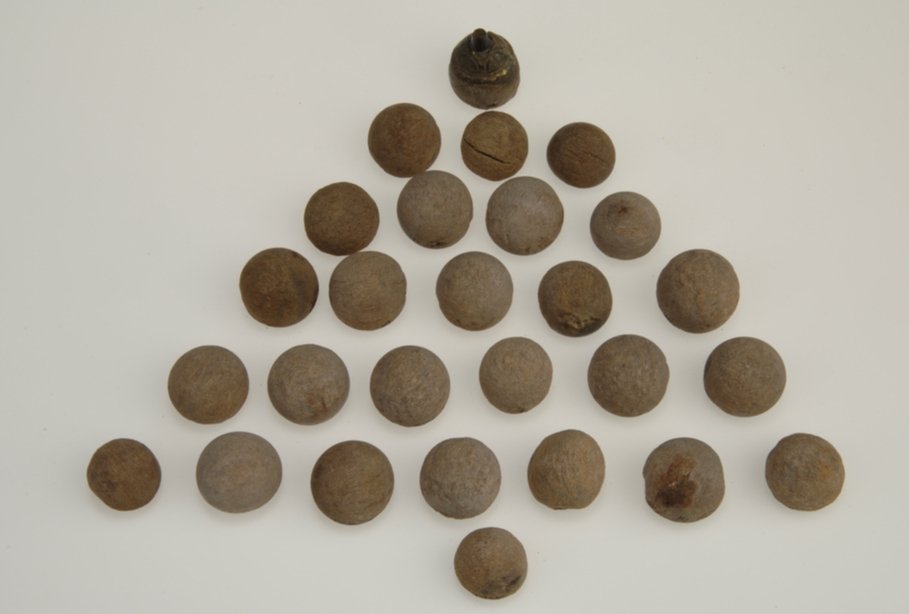
Twenty-seven bone/antler game pieces found in grave 624 at Björkö, Uppland Sweden Adelsö parish. From the Statens Historiska Museum, Stockholm. Click to enlarge.
While the above game pieces came from a different grave in the same cemetery, they are of the right number and material. Consequently, the game pieces in Bj 581 must have been very similar.
What did the board look like? This photograph of a game board from a 7th century Viking boat burial in Valsgärde, Sweden had similar pieces:
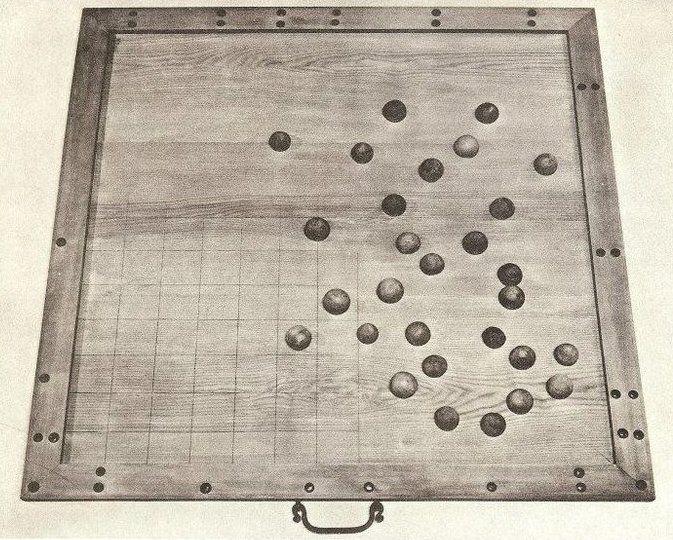
Game board discovered in a 7th century Viking boat burial in Valsgärde, Sweden. Click to enlarge.
So, now it looks like we’ve found the pieces and the game board. All that’s left is to identify the game, itself. The best guess is that this is the game Hnefatafl. There are a number of modern versions of the game (some using different pieces) though the original rules were never recorded.
The name of the game comes from the Old Icelandic words hnef (fist) and tafl (table). Fist-table sounds like a proper Viking game for warriors.
 MATE / TIGER employs a number of ‘building block’ algorithms that are used in various tactical and battlefield analysis algorithms. One set of building block algorithms are the Grouping algorithms that determine weaknesses in frontages. The following slides are from an unclassified briefing that I gave to DARPA (the Defense Advanced Research Project Agency) on my MATE program (funded by DARPA research grant W911NF-11-200024):
MATE / TIGER employs a number of ‘building block’ algorithms that are used in various tactical and battlefield analysis algorithms. One set of building block algorithms are the Grouping algorithms that determine weaknesses in frontages. The following slides are from an unclassified briefing that I gave to DARPA (the Defense Advanced Research Project Agency) on my MATE program (funded by DARPA research grant W911NF-11-200024):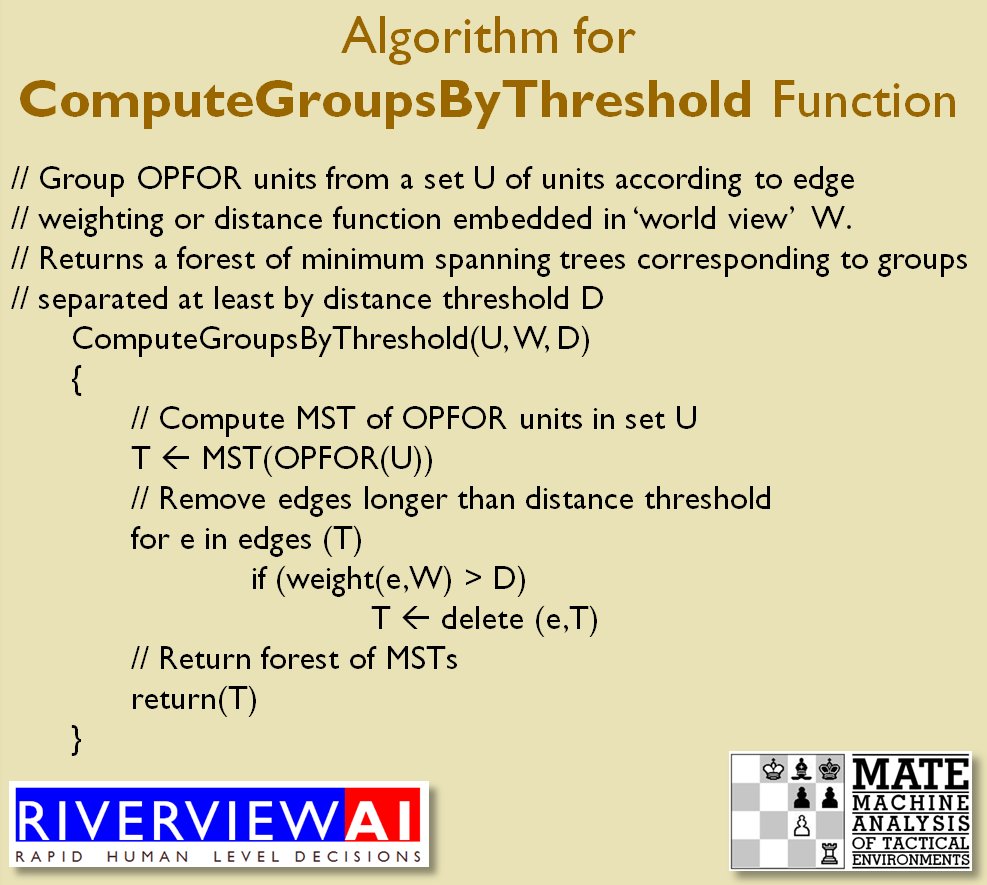
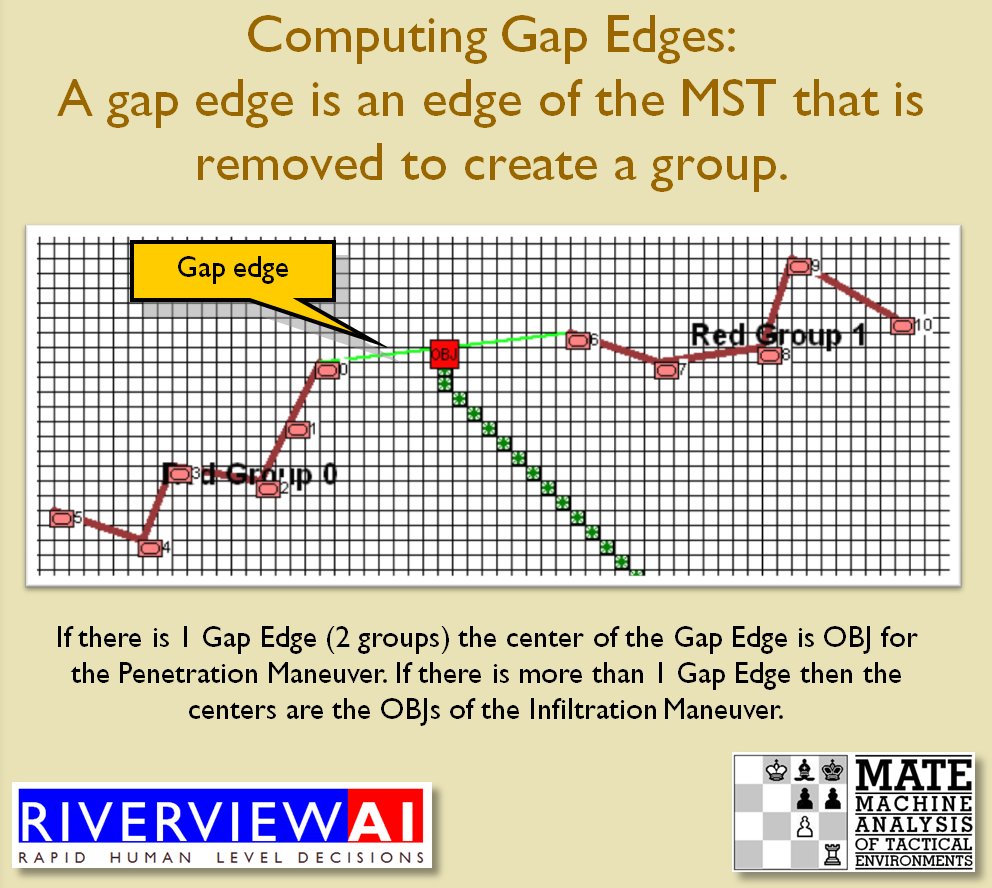
 With the above building block algorithms we can calculate the optimum part of OPFOR’s frontage to set as the Schwerpunkt. Schwerpunkt is a German word meaning, “the point of maximum effort.” The term was used in blitzkrieg planning to specify, “the center of gravity, point of main effort, where a decisive result was to be achieved.”
With the above building block algorithms we can calculate the optimum part of OPFOR’s frontage to set as the Schwerpunkt. Schwerpunkt is a German word meaning, “the point of maximum effort.” The term was used in blitzkrieg planning to specify, “the center of gravity, point of main effort, where a decisive result was to be achieved.”![]() Using the above algorithms we can now calculate the Schwerpunkt for implementing the penetration and infiltration maneuvers. The following slides are from an unclassified briefing that I gave to DARPA (the Defense Advanced Research Project Agency) on my MATE program (funded by DARPA research grant W911NF-11-200024): All slides can be enlarged by clicking on them.
Using the above algorithms we can now calculate the Schwerpunkt for implementing the penetration and infiltration maneuvers. The following slides are from an unclassified briefing that I gave to DARPA (the Defense Advanced Research Project Agency) on my MATE program (funded by DARPA research grant W911NF-11-200024): All slides can be enlarged by clicking on them.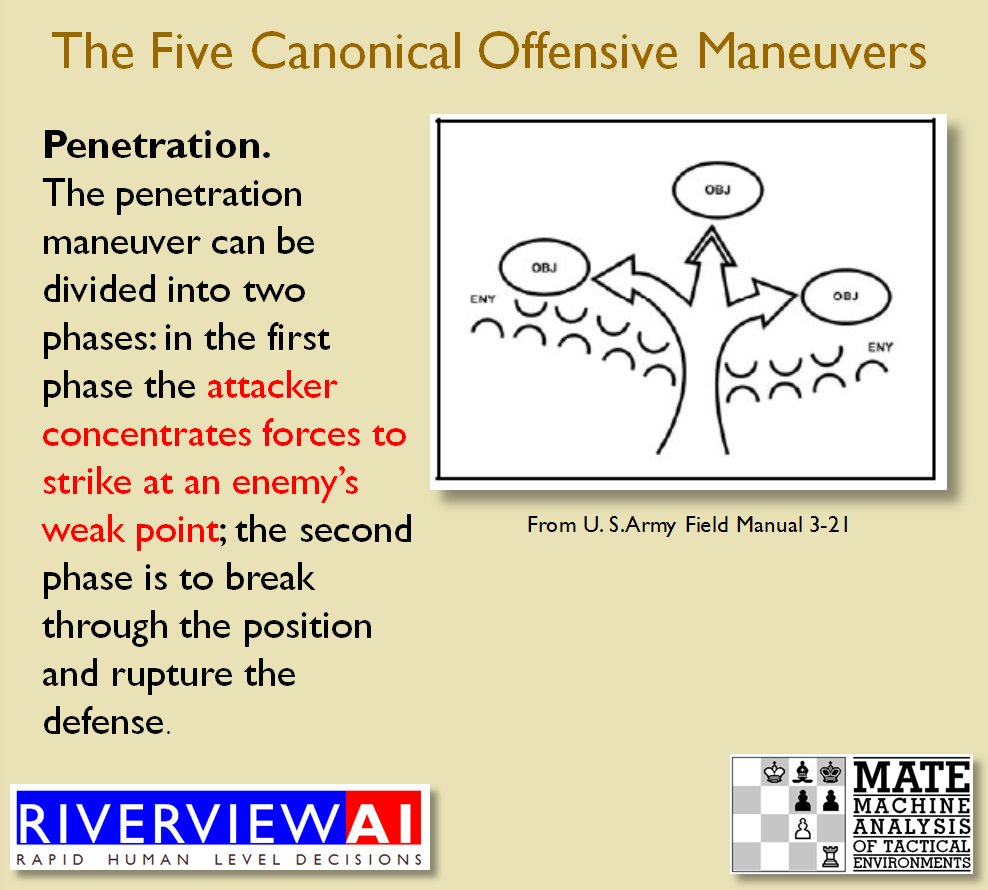
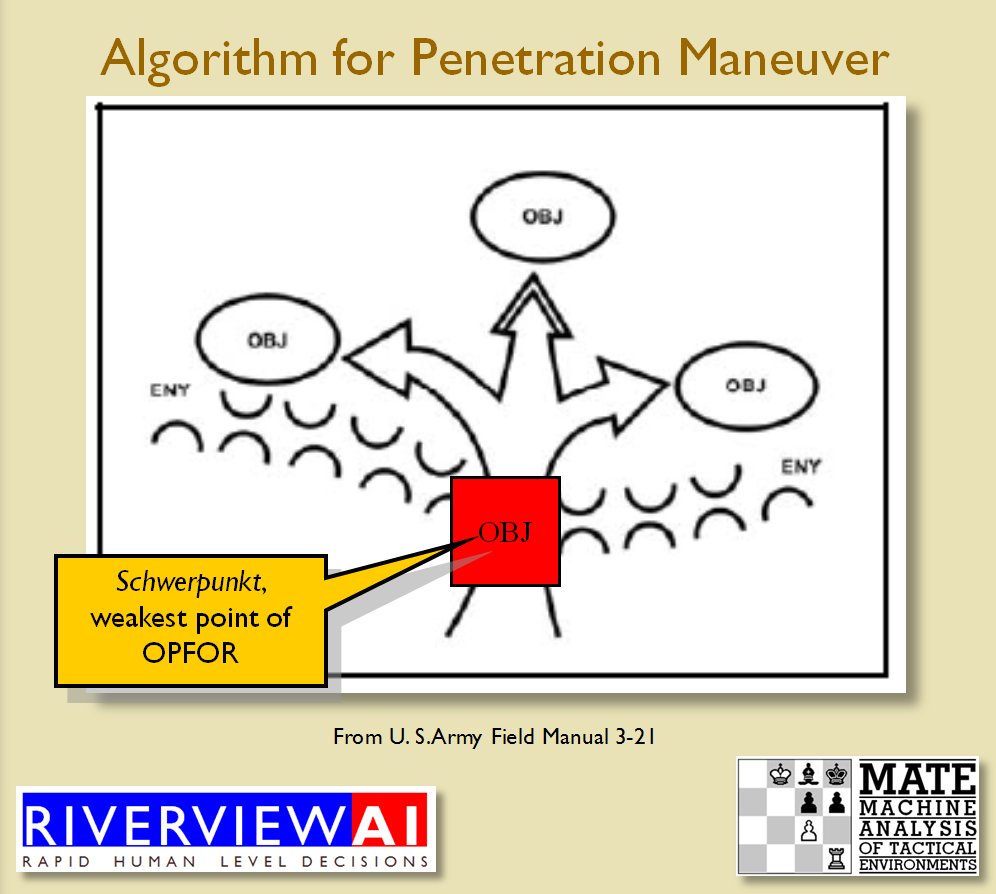
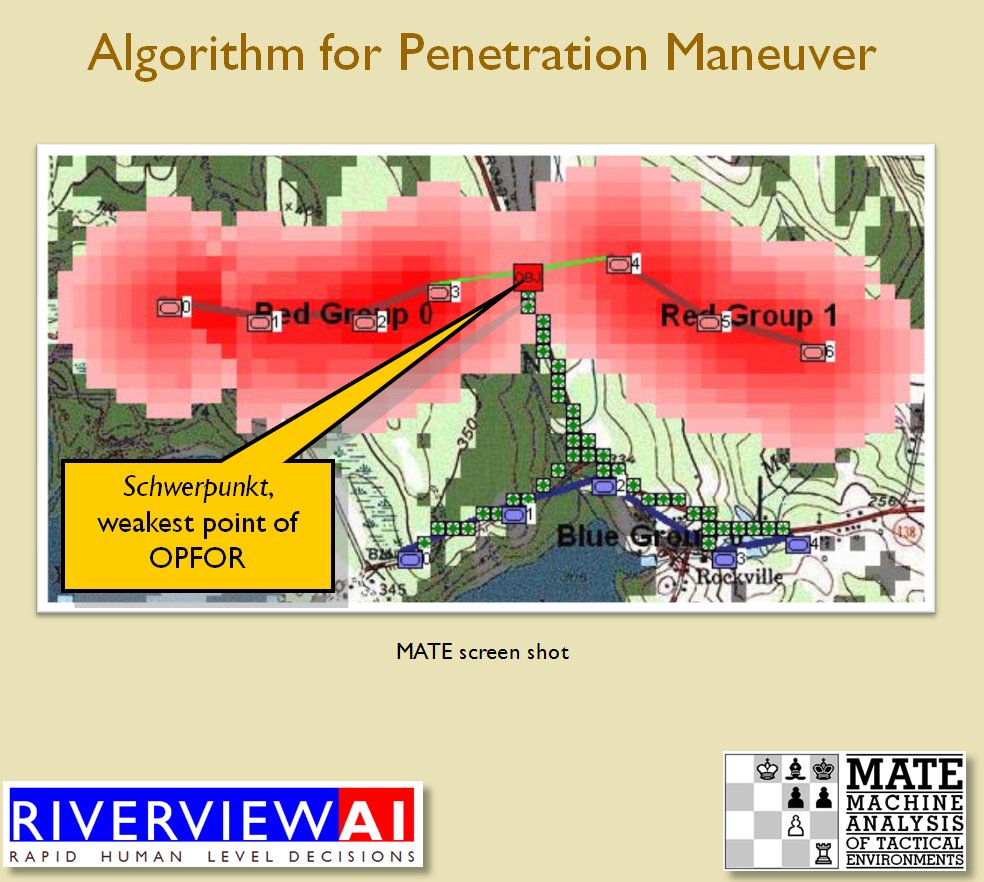
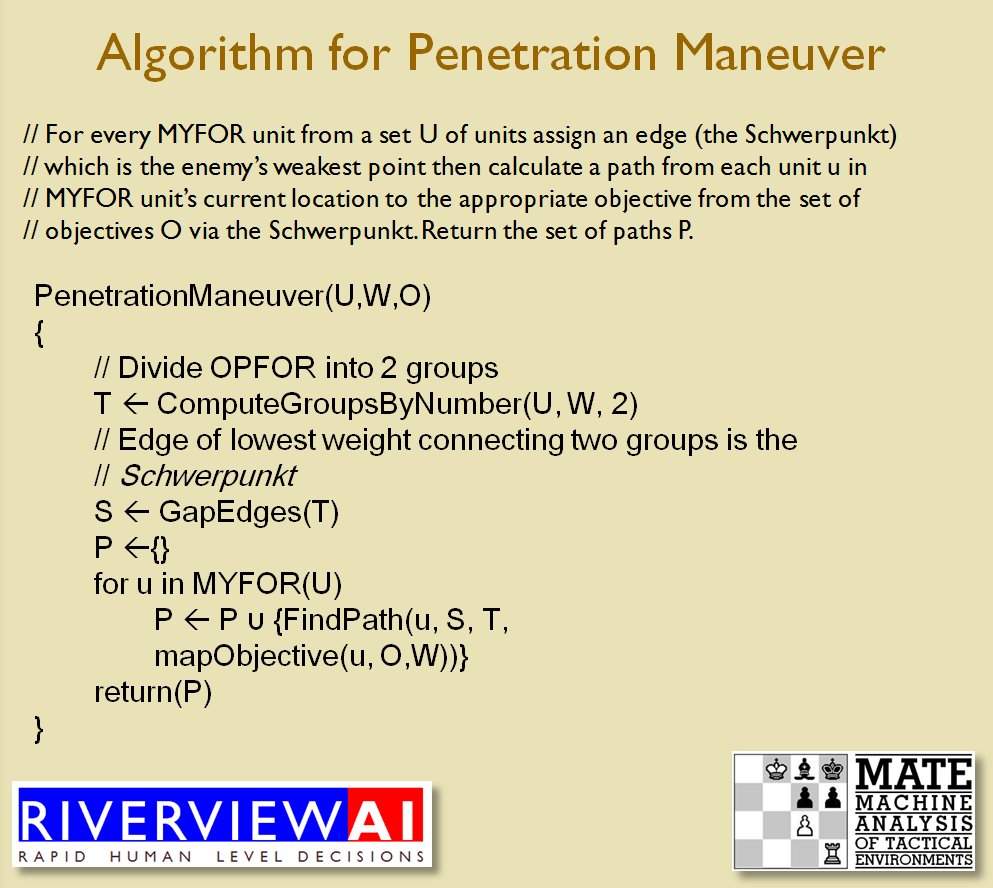
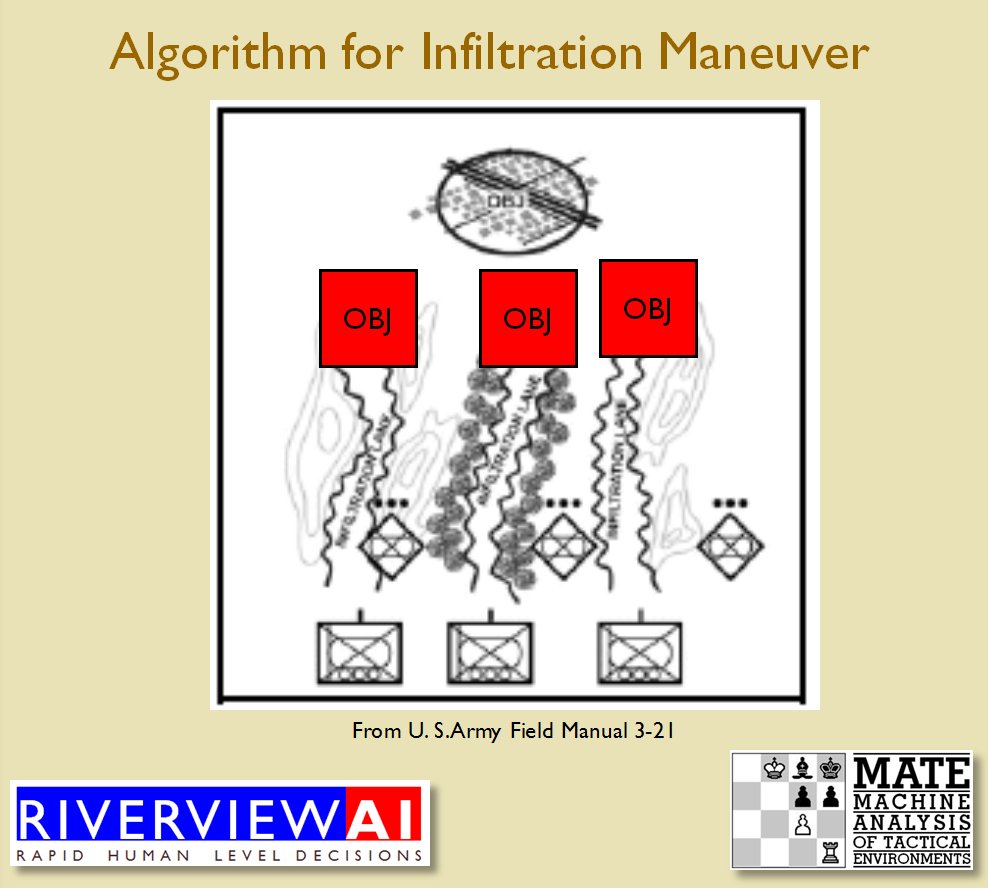
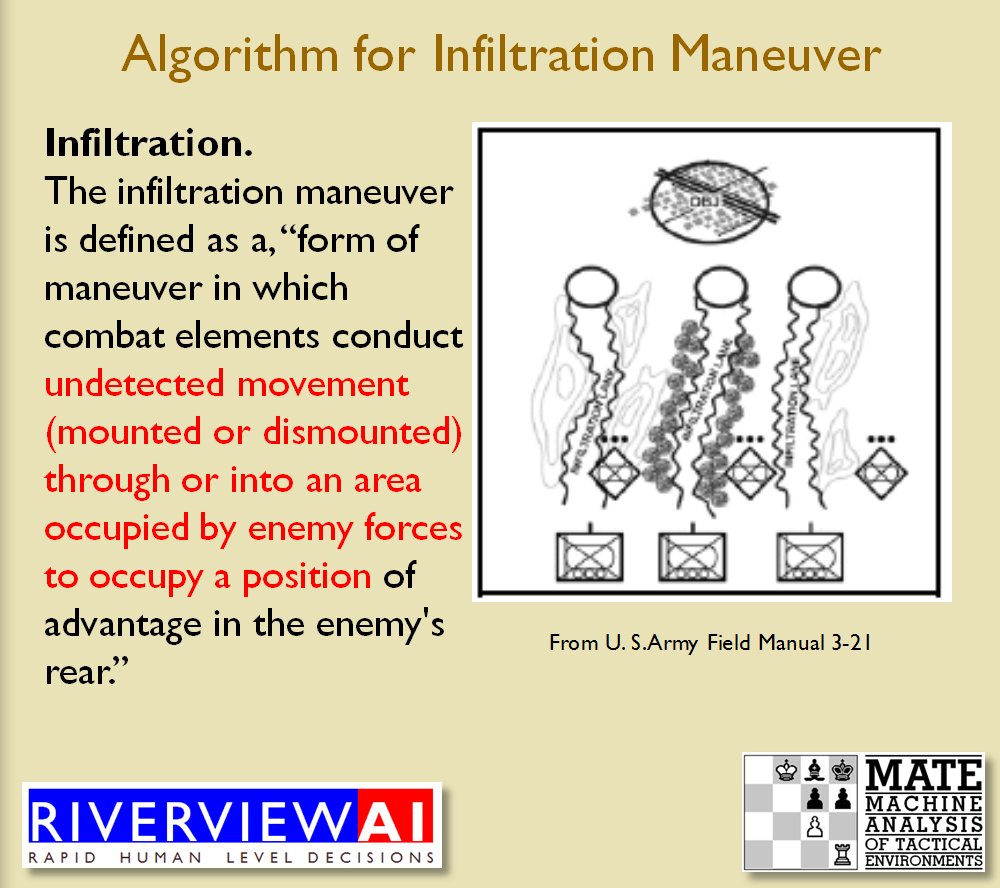
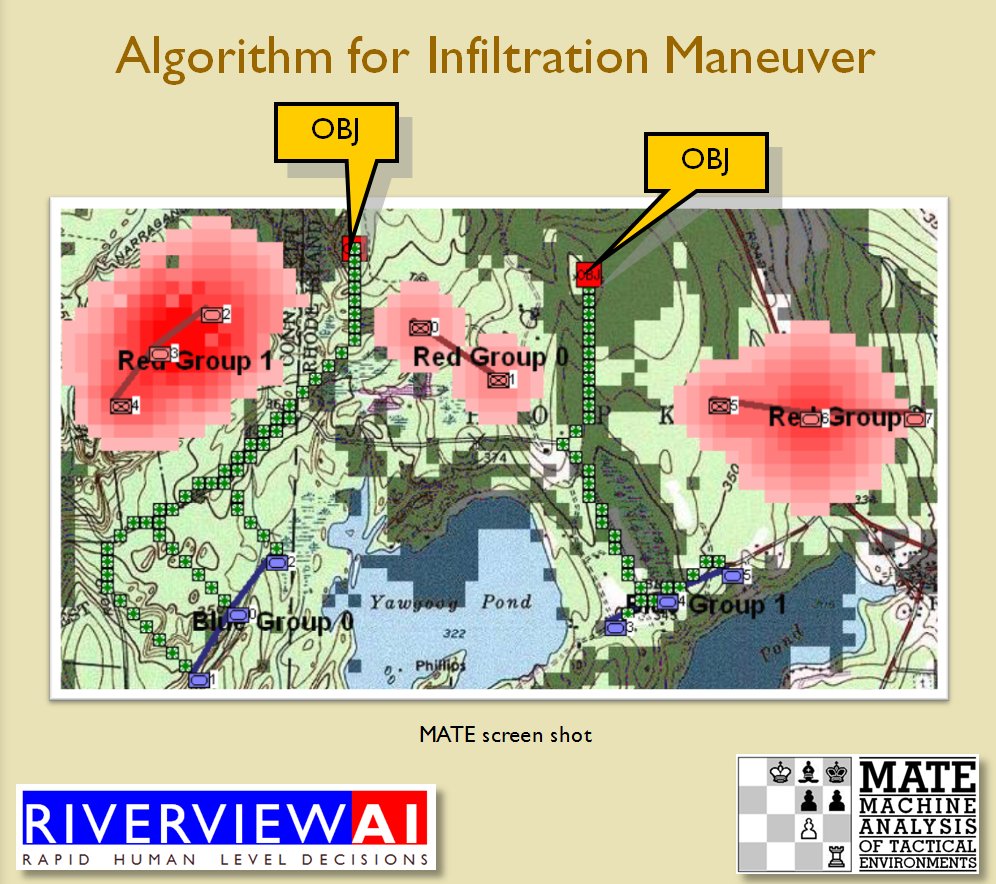
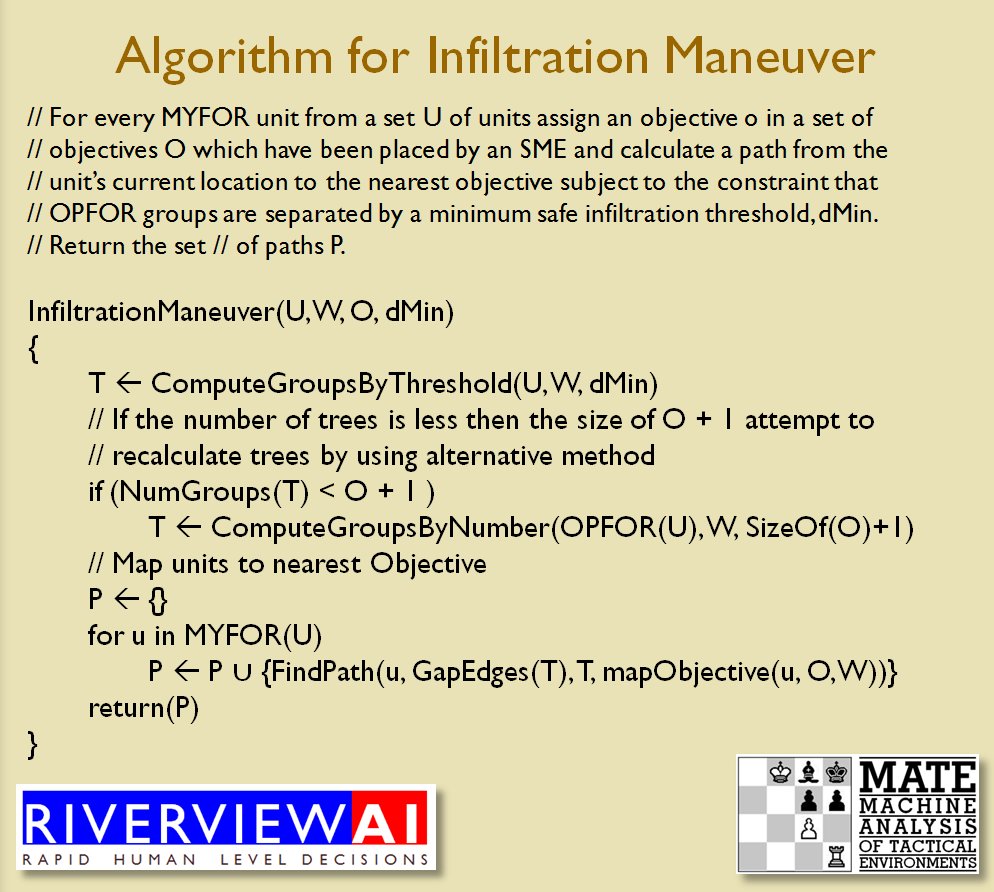 The Five Canonical Offensive Maneuvers are from the U. S. Army Field Manual 3-21 which is available online. As always, if you have any questions please feel free to email me.
The Five Canonical Offensive Maneuvers are from the U. S. Army Field Manual 3-21 which is available online. As always, if you have any questions please feel free to email me.
